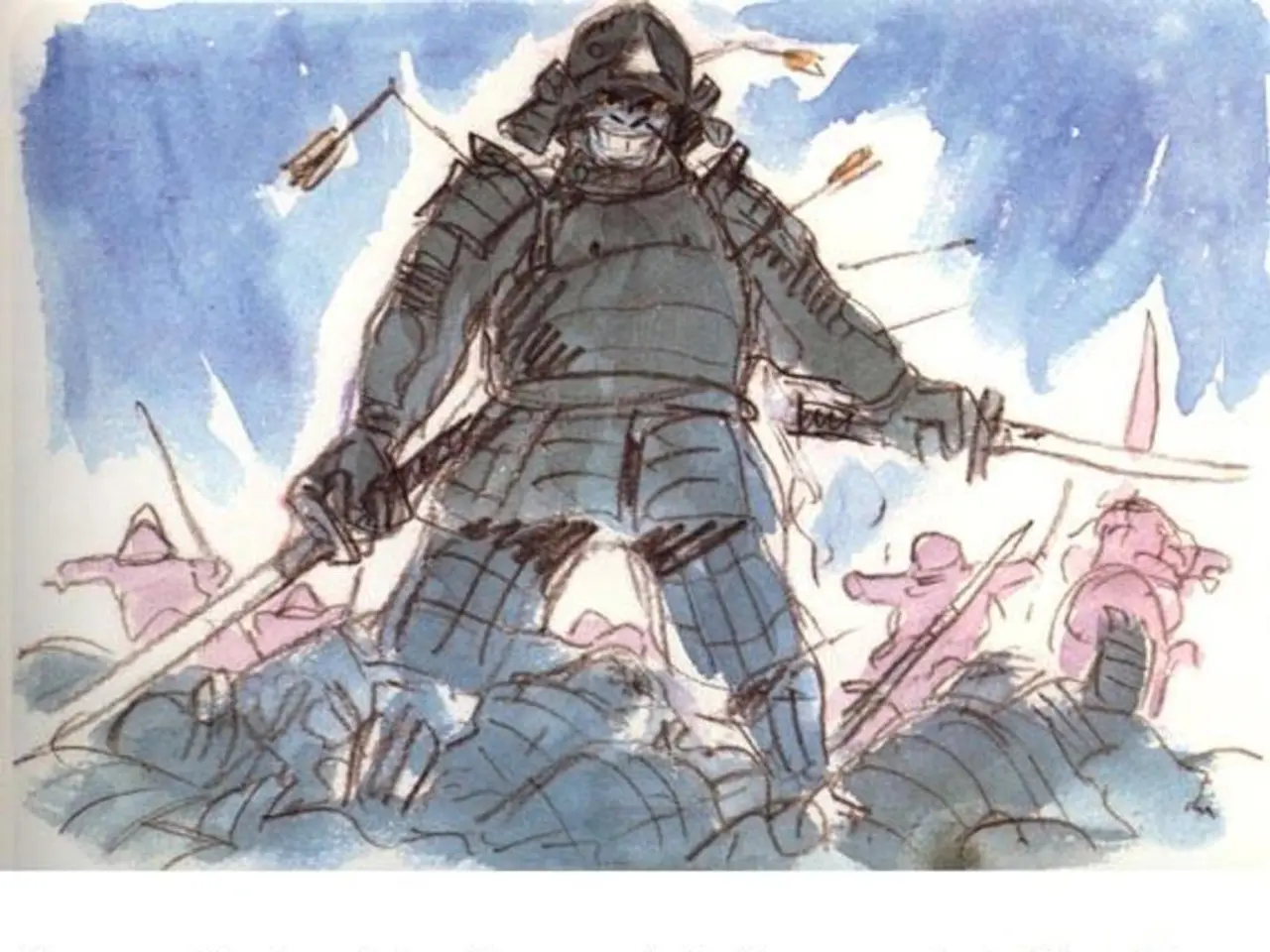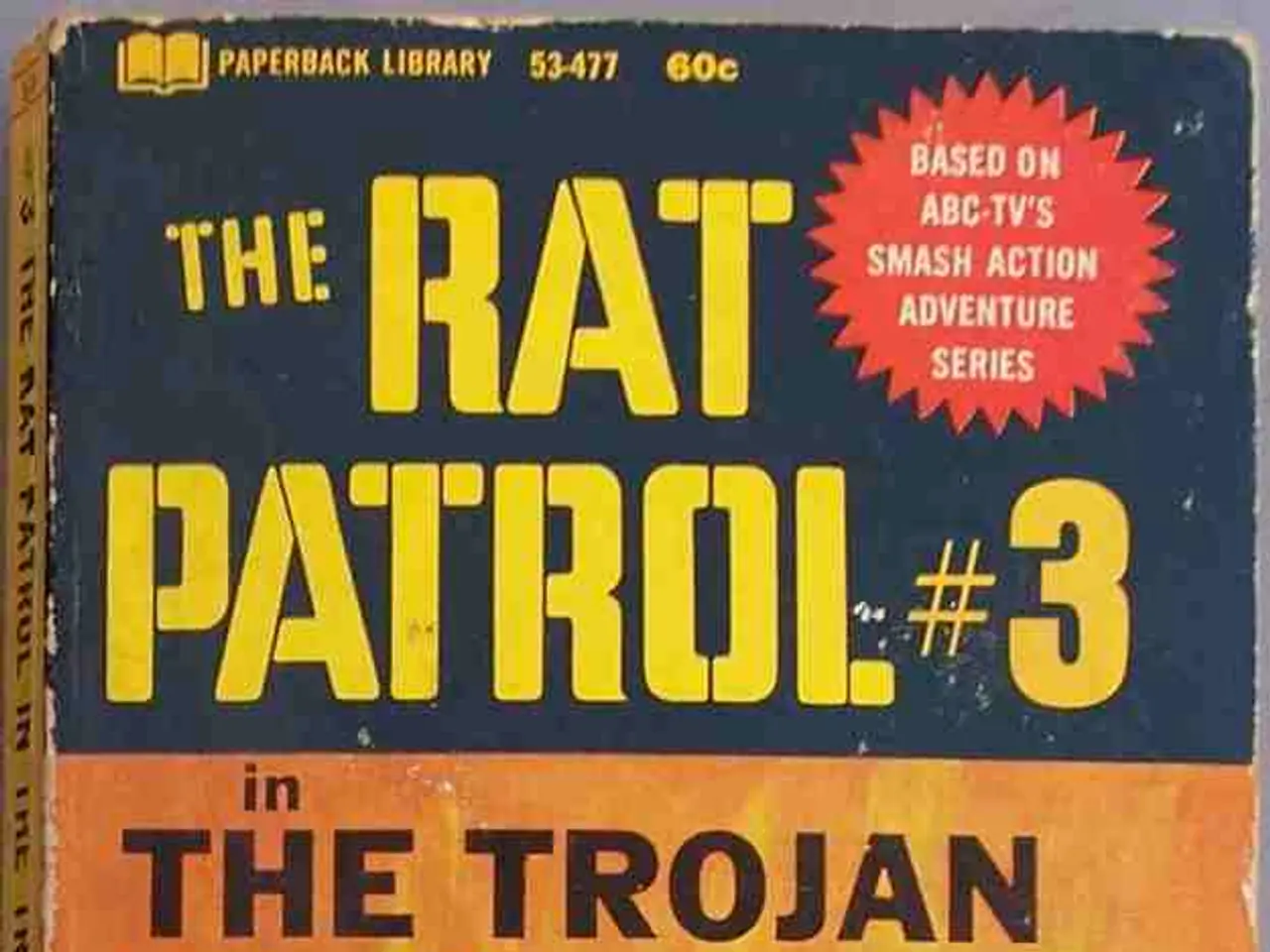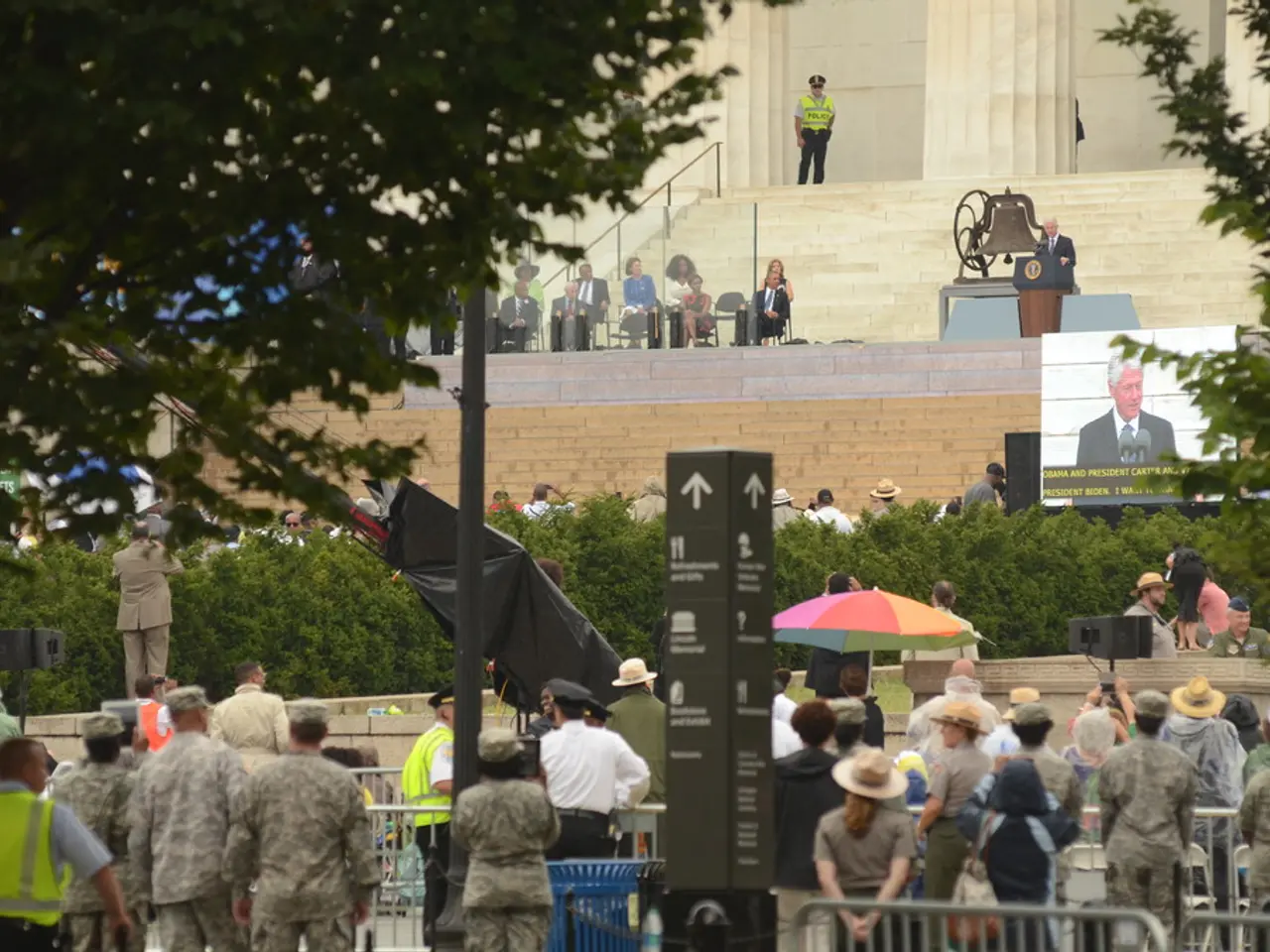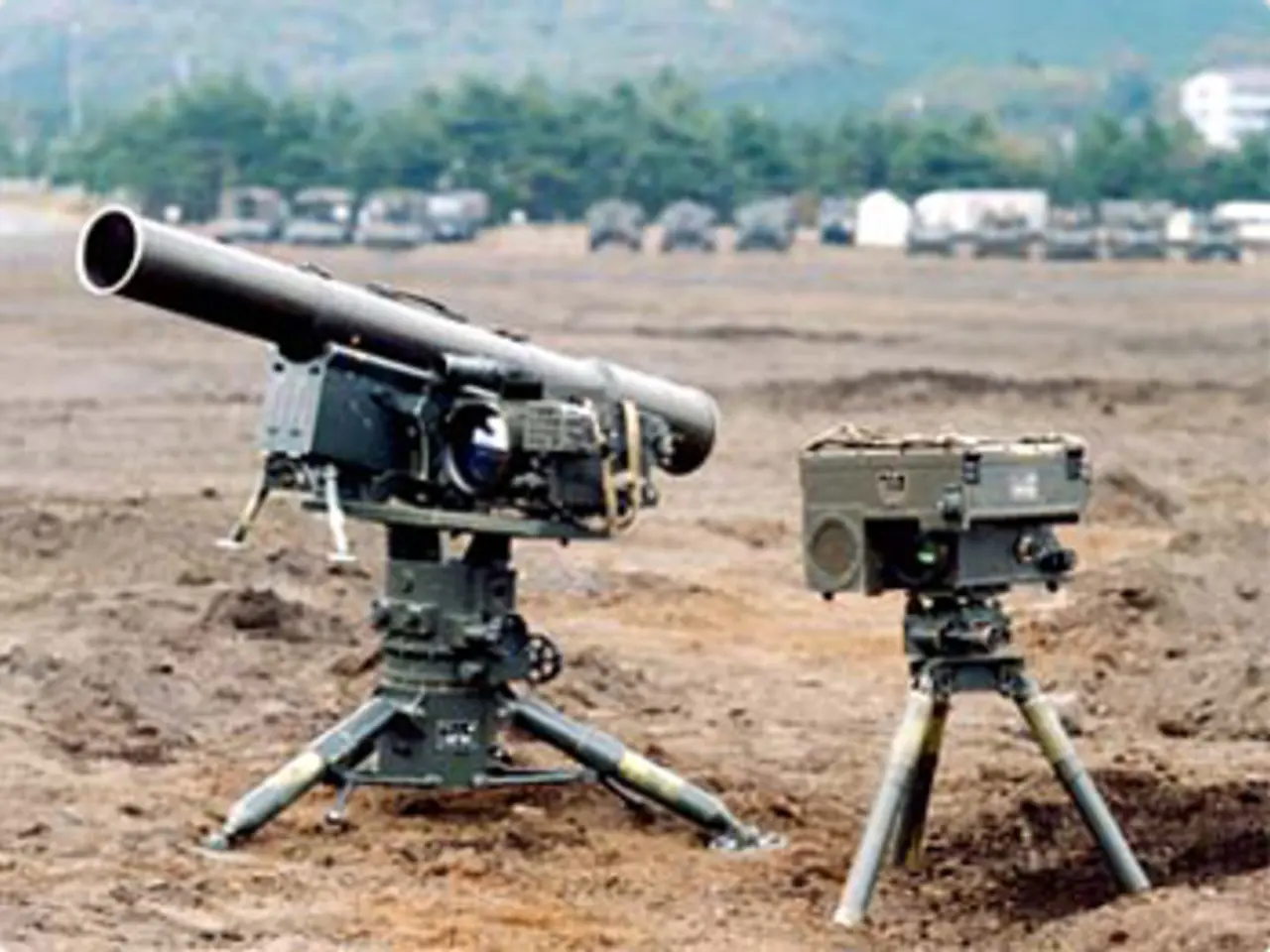Gaza aid-seekers are once more fatally struck by Israeli fire during the same timeframe that the American envoy engages with the families of the hostages.
In the ongoing conflict in Gaza, a tragic situation is unfolding. At least 10 people were killed near two Gaza Humanitarian Foundation (GHF) sites by Israeli forces on Saturday, adding to the mounting death toll.
The Gaza Health Ministry has reported a devastating impact of the conflict on the civilian population. Since the war began, 93 children have died from malnutrition-related causes, and 76 adults have died of similar causes since late June. These numbers underscore the urgent need for adequate food aid.
The U.S.-supported GHF, operating outside the UN aid system, has been responsible for food distributions since May. However, access to GHF aid sites has become extremely dangerous. According to the UN Office of the High Commissioner for Human Rights (OHCHR), at least 875 people have been killed trying to access food in Gaza since mid-July 2025, with 674 deaths occurring near GHF sites.
The GHF claims that its armed contractors have only used pepper spray or fired warning shots to prevent deadly crowding. Yet, the violence around these distribution points has worsened the humanitarian situation. Food deliveries under the GHF system have been far below needs, with about 33,000–38,000 metric tons delivered in June and July—a significant decrease compared to over 160,000 metric tons monthly before the conflict escalated.
Meanwhile, the World Food Programme (WFP) continues to operate inside Gaza, but shipments represent only half of what they have requested approval to deliver, highlighting ongoing access restrictions and insecurity. Malnutrition is increasing rapidly, especially among children under five and pregnant or breastfeeding women receiving prevention assistance.
The WFP and other UN partners face ongoing challenges delivering enough food to prevent widespread malnutrition and hunger among the Gaza population. Nearly a week has passed since Israel announced limited humanitarian pauses and airdrops due to international pressure and scenes of starving children, yet the situation remains critical.
In addition, trucks that enter Gaza are often stripped of supplies by desperate people and criminal groups before reaching warehouses for distribution. This further exacerbates the shortages and rising food prices.
Protesters have called on Israel's government to make a deal to end the war and rescue trapped civilians. Unfortunately, the violence continues unabated. An Israeli strike killed at least three Palestinians trying to secure aid trucks at the Zikim crossing, and another strike hit a tent near a closed prison in Khan Younis, killing a mother and her daughter.
The health ministry reports that more than 60,400 Palestinians have been killed in Israel's retaliatory offensive. Hundreds more have been killed along the routes of UN-led food convoys. In part of Gaza City, displaced people returned home to find rubble-strewn neighborhoods unrecognizable.
Over 2 million people in Gaza largely rely on aid after almost 22 months of war. The ongoing conflict and access constraints have made food aid distribution critically insufficient, leading to a devastating humanitarian crisis. The international community must urgently address this crisis and work towards a peaceful resolution to end the suffering of the people of Gaza.
- In the midst of this crisis, there's increasing concern over the intersection of politics and general-news, as the ongoing conflict in Gaza has led to a dire humanitarian situation.
- The violent clashes around food distribution points, including the crime-and-justice incident at the Zikim crossing, highlight the dire need for international intervention to ensure adequate food aid delivery and prevent further loss of lives.







